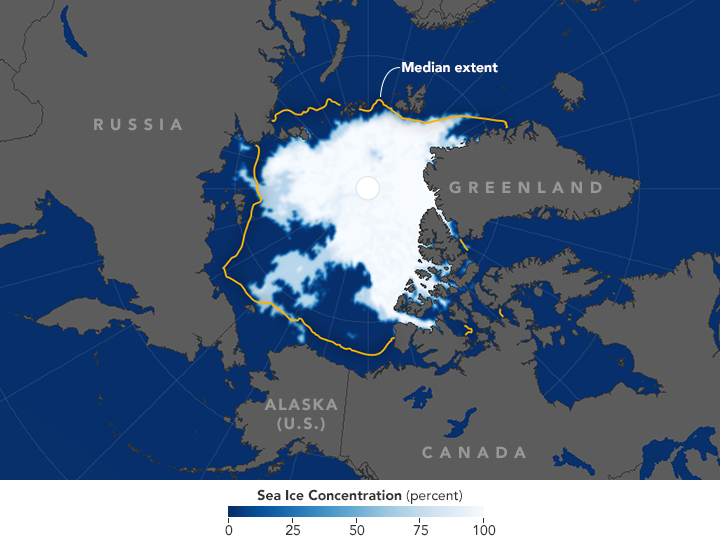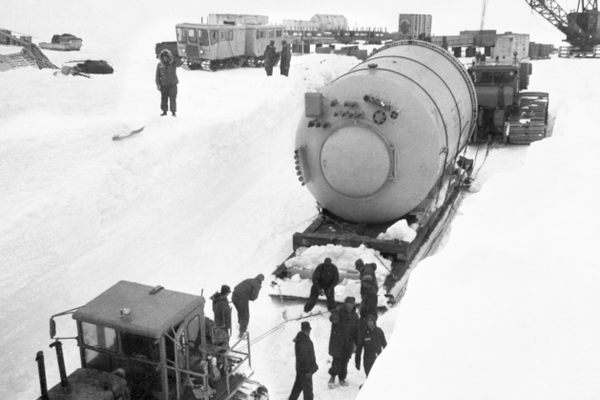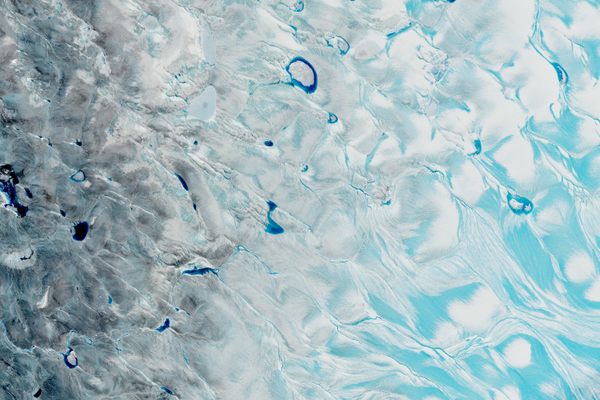Arctic Sea Ice Is At Its Second Lowest Minimum on Record
It could have been even worse, but it’s not like this is good news.

Arctic sea ice extent. (Image: NASA/Public domain)
The expanse of ice in the Arctic appears to have reached its minimum extent for the year, and it’s the second lowest record in the record of satellite monitoring sea ice, begun in 1979.
NASA and the National Snow and Ice Data Center found that the sea ice capping the Arctic had shrunk to 1.60 million square miles, making it ”effectively tied with 2007 for the second lowest in the satellite record,” say NASA’s Earth Observatory.
Earlier in the year, scientists thought sea ice this year could easily reach a record low. In March, when the extent of Arctic sea ice peaked, it was the lowest maximum on record. It had been a very warm winter; the Barents Sea was “pretty much close to ice -free for almost the whole winter, which is very unusual,” one scientist told the AP, and even before March, the growth of ice was stalling out early.
As the sea ice began to shrink again, it was already at a disadvantage, and through May, the ice covered less area than it had at that time of year in 2012, when sea ice reached its lowest minimum extent on record. But in June and July, when ice usually melts most dramatically, the weather was cool enough that the melting slowed more than scientists had expected. Ultimately, the extent of sea ice this year was very, very low, but not a record low.
To put that in context, NASA scientists looked at 37 years of monthly records for sea ice extent. NASA reports: “They found that there has not been a record high in Arctic sea ice extent in any month since 1986. During that same period, there have been 75 new record lows.”










Follow us on Twitter to get the latest on the world's hidden wonders.
Like us on Facebook to get the latest on the world's hidden wonders.
Follow us on Twitter Like us on Facebook